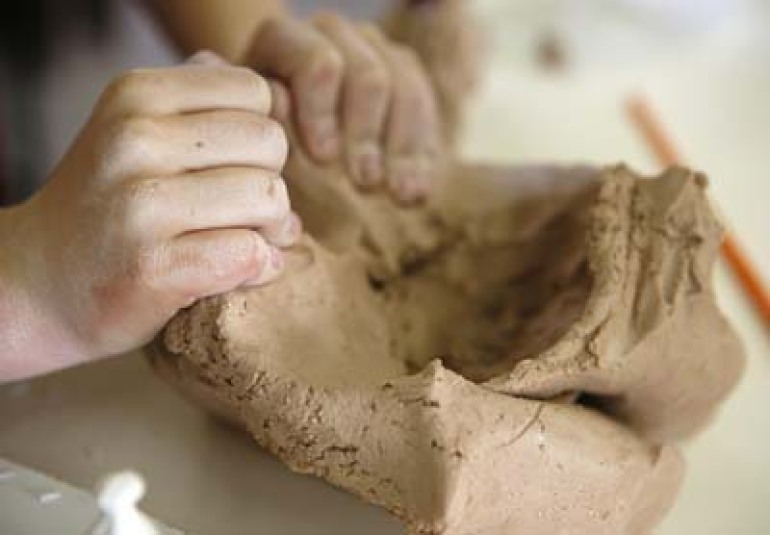News And Events

Growing Young Minds
13 October 2014Experimenting with clay or “uku” provides children with the opportunity to be creative and learn about texture, shape and form. Manipulating clay develops hand and eye co-ordination as they pound, pat and push the clay into shapes and objects. Children also develop the small muscles in fingers and hands, known as fine motor skills, as they pinch, squeeze and prod the clay, adding detail to the shape or object. Through this manipulation, children can express their thoughts and ideas as they mould the clay to take on the form of their imagination.
Children can also experiment with literacy and numeracy concepts as they use clay to create letter, number and shape formations. Facilitating children to create their own name, their age, street address, or the names of people in their family makes learning meaningful. Clay can also be used to visually represent a child’s culture as it is moulded to represent meaningful symbols and patterns.
You can support children with this play by providing an unhurried, spacious environment so that time can be spent developing and revisiting their work. Regular access to clay provides children with opportunities to build on their knowledge, verbalise their thoughts and ideas, and add detail to their work. Skills developed include imagination, perseverance, problem solving, teamwork, social interaction, and self- regulation.
In some areas, clay can be sourced from the natural environment. Alternatively, clay can be bought from an art shop or potters’ suppliers. Keep clay in an airtight container and if it becomes too dry, soak it in water until it softens. Then drain off the excess water, and leave to sit on newspaper until it reaches a consistency where it can be moulded again.


